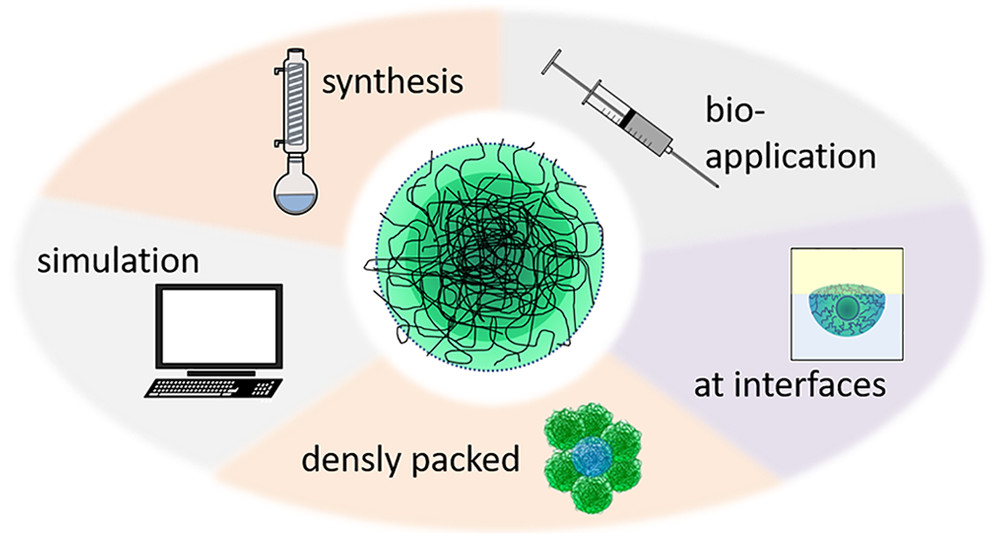The field of functional group chemistry is constantly evolving, with new trends and applications emerging all the time. In this article, we will explore some of the most promising developments in this field, and discuss how they could impact the future of chemistry and materials science.
One of the most exciting trends in functional group chemistry is the development of new methods for creating and manipulating functional groups. In the past, functional groups were typically created by using harsh and dangerous reagents. However, recent advances in synthetic chemistry have made it possible to create functional groups using more mild and environmentally friendly methods. This has opened up a wide range of new possibilities for chemists, and has led to the development of new materials with unprecedented properties.
Another important trend in functional group chemistry is the development of new methods for measuring and controlling the properties of functional groups. In the past, it was difficult to measure the properties of functional groups with any degree of accuracy. However, recent advances in spectroscopy and other analytical techniques have made it possible to measure the properties of functional groups with unprecedented accuracy. This has allowed chemists to better understand how functional groups interact with each other and with the environment and has led to the development of new materials with tailored properties.
The development of new functional groups and new methods for measuring and controlling their properties is having a major impact on the field of materials science. By carefully selecting the right functional groups, chemists can now create materials with a wide range of properties, including optical, electronic, magnetic, and biological properties. This has led to the development of new materials for a wide range of applications, including solar cells, batteries, sensors, and drugs.
The future of functional group chemistry is very bright. With continued advances in synthetic chemistry and analytical techniques, chemists will be able to create even more sophisticated functional groups with even more tailored properties. This will lead to the development of new materials with even greater potential for impact on a wide range of industries.
Here are some specific examples of emerging trends and applications in functional group chemistry:
- The use of functional groups to create new materials with tailored properties. For example, chemists have used functional groups to create materials that are more resistant to corrosion, more efficient at absorbing light, or more effective at binding to specific molecules.
- The use of functional groups to create new drugs. Functional groups can be used to modify the properties of existing drugs, or to create entirely new drugs with novel mechanisms of action.
- The use of functional groups to create new catalysts. Functional groups can be used to improve the selectivity and efficiency of catalysts, which can lead to the development of new processes for the production of chemicals and fuels.
These are just a few examples of the many ways that functional group chemistry is being used to create new materials, drugs, and catalysts. As the field of functional group chemistry continues to evolve, we can expect to see even more innovative applications for these versatile functional groups.
In addition to the trends mentioned above, there are a number of other emerging areas of research in functional group chemistry. These include:
- The development of new functional groups with enhanced properties. For example, chemists are working to develop functional groups that are more resistant to degradation, more biocompatible, or more environmentally friendly.
- The development of new methods for synthesizing functional groups. This includes the development of new catalysts, new reaction conditions, and new methods for controlling the selectivity of reactions.
- The development of new methods for measuring and controlling the properties of functional groups. This includes the development of new spectroscopic techniques, new computational methods, and new methods for probing the interactions of functional groups with other molecules.
These are just a few of the many exciting developments that are happening in the field of functional group chemistry. As this field continues to evolve, we can expect to see even more innovative applications for these versatile functional groups.









